The Nordic Council stands as a symbol of the enduring cooperation and solidarity among the Nordic countries. Let’s take a closer look at its role.
When I first moved to Oslo, I didn’t know a great deal about Norway or any of the Scandinavian countries. I’d barely heard the word “Nordic”. Yet over the past decade (and the rest!), I’ve come to learn so much about this unique region of the world.
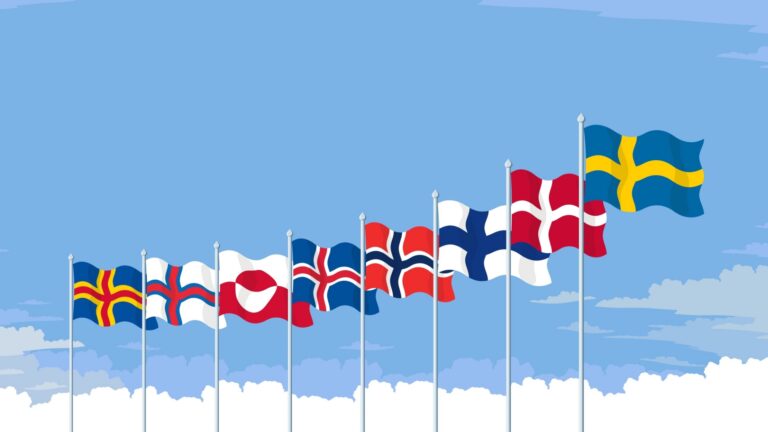
Norway isn’t a member of the EU, yet it works closely with Europe as a member of the European Free Trade Association (EFTA) and as part of the European Economic Area (EEA).
But lesser-known, at least outside of the region, is how Norway cooperates with the other Nordic countries. The Nordic Council is an institution that maintains the strong bonds and shared heritage among the Nordic countries.
The original Nordic Council concentrates on inter-parliamentary cooperation, while the Nordic Council of Ministers, is responsible for intergovernmental cooperation.
Established to promote cooperation and foster a sense of unity, the Councils have played a significant role in shaping the political, economic, and cultural landscape of the Nordic region.
In this article, we will delve into the history, structure, functions, and Norway's involvement in the Nordic Councils, offering a comprehensive overview of this important organisation.
Historical Background
The Nordic Council was founded on February 16, 1952, following the signing of the Helsinki Agreement.
This agreement marked the formal beginning of an inter-parliamentary cooperation between the Nordic countries of Denmark, Iceland, Norway, and Sweden. Finland joined the Council in 1955, further solidifying the regional collaboration.
The roots of Nordic cooperation, however, date back to the 19th century, with movements advocating for closer ties among the Scandinavian countries. The shared cultural, linguistic, and historical bonds provided a strong foundation for this unity.
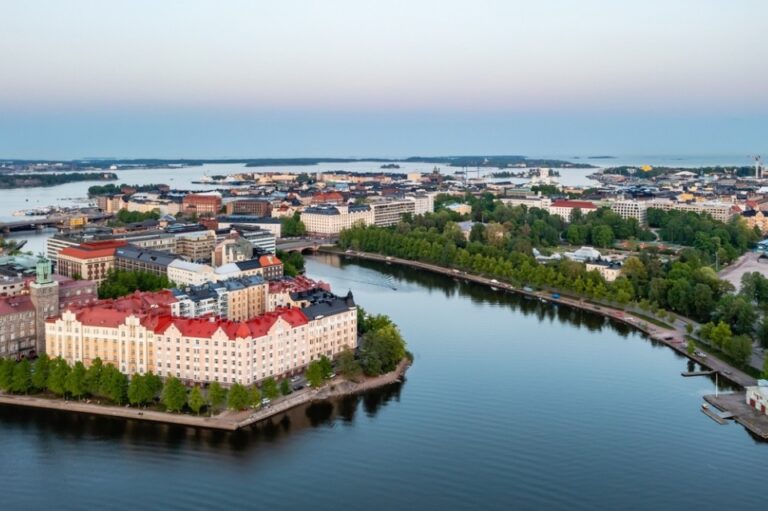
The devastation of World War II and the subsequent geopolitical shifts in Europe underscored the need for a more structured form of cooperation, leading to the establishment of the Nordic Council.
Structure of the Nordic Council
The Nordic Council is an inter-parliamentary body, meaning it consists of representatives from the national parliaments of the member countries.
The Council operates alongside the Nordic Council of Ministers, which is an intergovernmental cooperation body established in 1971 to complement the Council's work. More on how this works later.
The Nordic Council comprises 87 elected members from Denmark, Finland, Iceland, Norway, and Sweden, including representatives from the autonomous territories of Greenland, the Faroe Islands, and the Åland Islands. These members are appointed by their respective national parliaments.
The Council's presidency rotates annually among the member countries, ensuring equal participation and representation.
Each year, the President of the Nordic Council is selected from a different member country, and the annual session is held in that country. This rotation fosters a sense of shared responsibility and mutual respect among the Nordic nations.
Functions and Activities
The primary objective of the Nordic Council is to promote cooperation and coordination among the Nordic countries.
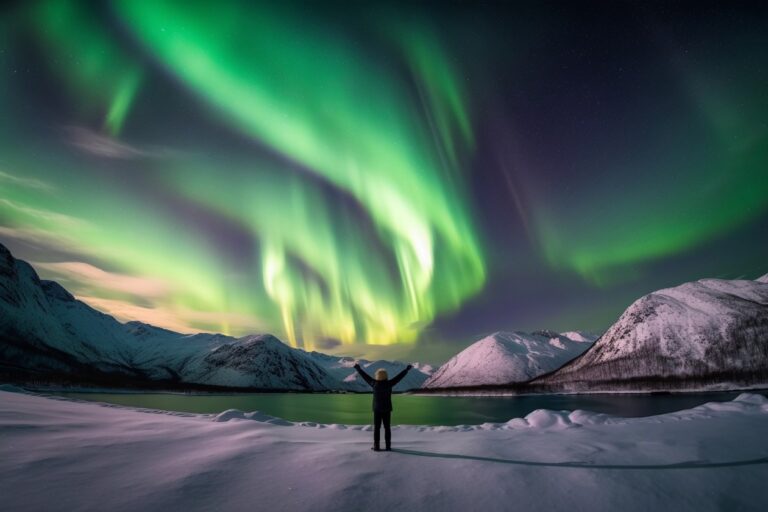
The Council addresses a wide range of issues, including cultural exchange, environmental protection, economic collaboration, and social welfare. Its functions can be broadly categorised into legislative cooperation, policy coordination, and cultural exchange.
Legislative Cooperation
The Nordic Council facilitates legislative cooperation by harmonising laws and regulations across the member countries.
This process helps to create a more integrated and cohesive region, where citizens can enjoy similar rights and benefits regardless of their country of residence. The Council reviews and recommends legislative changes, ensuring that the laws of the Nordic countries are aligned and mutually beneficial.
Policy Coordination
Policy coordination is another crucial function of the Nordic Council. The Council discusses and formulates common policies on issues of regional and global significance, such as climate change, security, and public health.
By presenting a united front, the Nordic countries can exert greater influence on the international stage and address challenges more effectively.
One notable example of policy coordination is the Nordic Passport Union, established in 1954, which allows citizens of the Nordic countries to travel and reside freely within the region without a passport or visa.
This agreement has significantly facilitated mobility and strengthened the sense of unity among the Nordic populations.
Cultural Exchange
Cultural exchange is at the heart of the Nordic Council's activities. The Council supports numerous cultural projects and initiatives aimed at preserving and promoting the rich cultural heritage of the Nordic countries.
This includes funding for arts, literature, music, and film, as well as organizing cultural events and festivals.
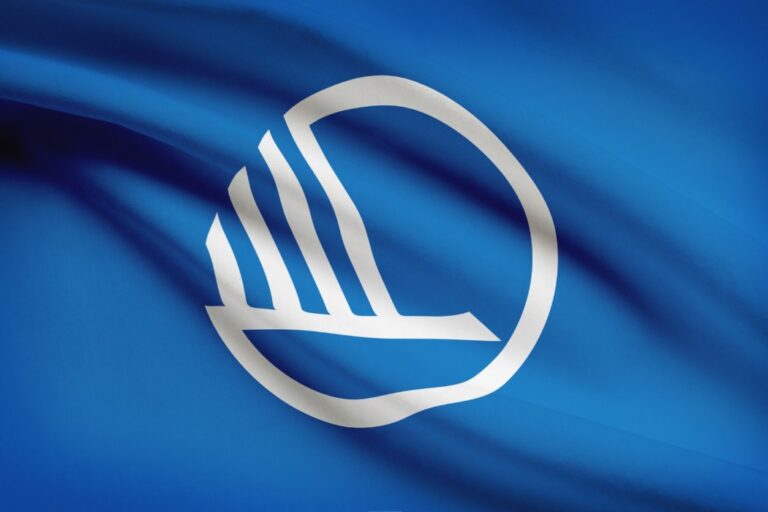
The Nordic Council Literature Prize, established in 1962, is one of the most prestigious awards in the region. It recognizes outstanding literary works by Nordic authors and has played a role in bringing Nordic literature to a global audience.
Norway's Role in the Nordic Council
Norway has been an active and influential member of the Nordic Council since its inception. The country's commitment to regional cooperation and its strategic position in the North Atlantic have made it a key player in the Council's activities.
Political and Legislative Contributions
Norwegian representatives in the Nordic Council have consistently advocated for policies that promote regional stability, environmental sustainability, and social welfare.
Norway's robust economy and advanced social welfare system serve as models for other member countries, and the nation's experiences and best practices are often shared within the Council to inform policy development.
Environmental Leadership
Norway has also taken a leading role in addressing environmental issues within the Nordic Council. The country's vast natural resources, including its extensive coastline and pristine wilderness areas, make environmental protection a top priority.
Norway has been instrumental in promoting sustainable development, renewable energy, and climate change mitigation within the region.
The Nordic Council of Ministers for the Environment, in which Norway plays a significant role, works to coordinate environmental policies and initiatives across the Nordic countries.
This collaborative approach has led to significant achievements in areas such as marine conservation, biodiversity protection, and pollution control.
Cultural and Social Initiatives
Norway actively participates in the cultural and social initiatives of the Nordic Council. The country supports various cultural exchange programs and projects that celebrate the shared heritage of the Nordic region.
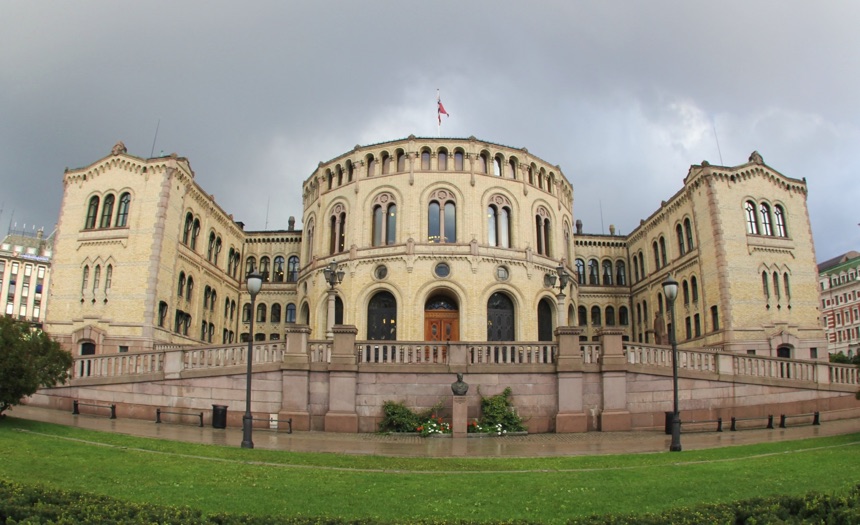
Norwegian artists, writers, and musicians often collaborate with their counterparts from other Nordic countries, fostering a vibrant and dynamic cultural scene.
Norway's comprehensive social security system, gender equality policies, and inclusive social programs are often highlighted as examples of best practices for other member countries to emulate.
Nordic Council Achievements and Impact
The Nordic Council has achieved numerous milestones since its establishment, significantly impacting the lives of the people in the Nordic region. Some of the Council's notable achievements include:
- Nordic Passport Union: The establishment of the Nordic Passport Union in 1954, allowing free movement of citizens within the region, has been a cornerstone of Nordic cooperation.
- Nordic Economic Area: The creation of a unified Nordic economic area has facilitated trade, investment, and economic growth across the member countries. Harmonised regulations and standards have made it easier for businesses to operate within the region.
- Environmental Initiatives: The Nordic Council has been at the forefront of environmental protection, promoting sustainable practices and policies. Collaborative efforts have resulted in cleaner air and water, preserved natural habitats, and reduced carbon emissions.
- Cultural Exchange: The Council's support for cultural projects has enriched the cultural landscape of the Nordic region. The Nordic Council Literature Prize, Music Prize, and Film Prize have gained international recognition, showcasing the talent and creativity of Nordic artists.
- Social Welfare Policies: The Nordic model of social welfare, characterised by universal healthcare, comprehensive social security, and strong labor rights, has been promoted and strengthened through the Council's initiatives.
Nordic Council of Ministers
Established in 1971, the Nordic Council of Ministers operates alongside the Nordic Council as the main intergovernmental body for cooperation among the Nordic countries.
While the Nordic Council is an inter-parliamentary assembly, the Council of Ministers consists of government ministers from each member state. It coordinates policies, implements decisions, and manages joint initiatives in areas such as education, environment, and health.
The Council of Ministers meets regularly to discuss regional and global issues, ensuring that the Nordic countries work together effectively to address common challenges and promote sustainable development across the region.
As with the Nordic Council, the presidency of the Nordic Council of Ministers rotates around the five principal Nordic countries.9
Challenges and Future Prospects
While the Nordic Council has made significant progress, it faces several challenges in the contemporary global landscape. The rise of populism, economic disparities, and geopolitical tensions require the Council to adapt and evolve to maintain its relevance and effectiveness.
One of the key challenges is maintaining unity and cooperation amid diverse political landscapes and national interests. Balancing national sovereignty with regional collaboration remains a delicate task.
Additionally, addressing global issues such as climate change, migration, and digitalisation requires coordinated efforts and innovative solutions.
From the ‘State of the Nordic Region’ report, last updated in 2024:
“The Nordic Region is undergoing significant demographic changes. Long-term challenges stem from record-low birth rates and an aging population. In 2022, the number of deaths exceeded the number of births for the first time. Fertility rates in the Nordic Region have dropped below replacement levels.”
“As a result, the Nordic countries face declining populations, which is being felt especially hard in rural areas. Finland, in particular, stands out with its low fertility and increased childlessness.”
“This downward trend is balanced by positive net migration, which is now the main source of population growth.”
“In 2022, the Nordic Region saw a sharp increase in international net migration, with 212,400 new residents, which is nearly triple that recorded in 2020. Inward migration makes the Nordic Region more diverse than before.”
The Nordic Council stands as a symbol of the enduring cooperation and solidarity among the Nordic countries. Its history, structure, and functions reflect the shared aspirations of the region's people for a more integrated and harmonious future.
Norway's active involvement and leadership within the Council underscore the country's commitment to regional collaboration and its vision for a better world.

